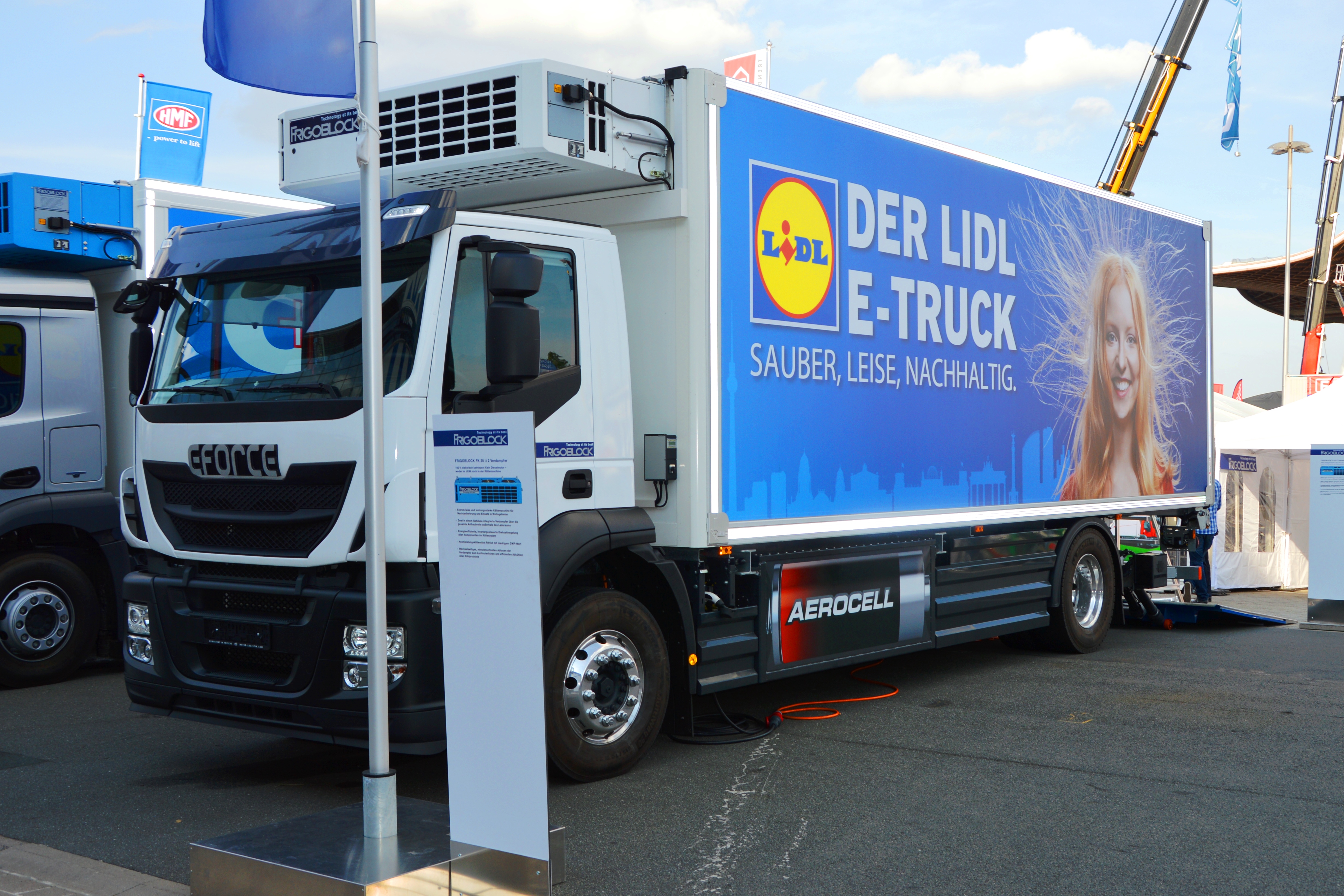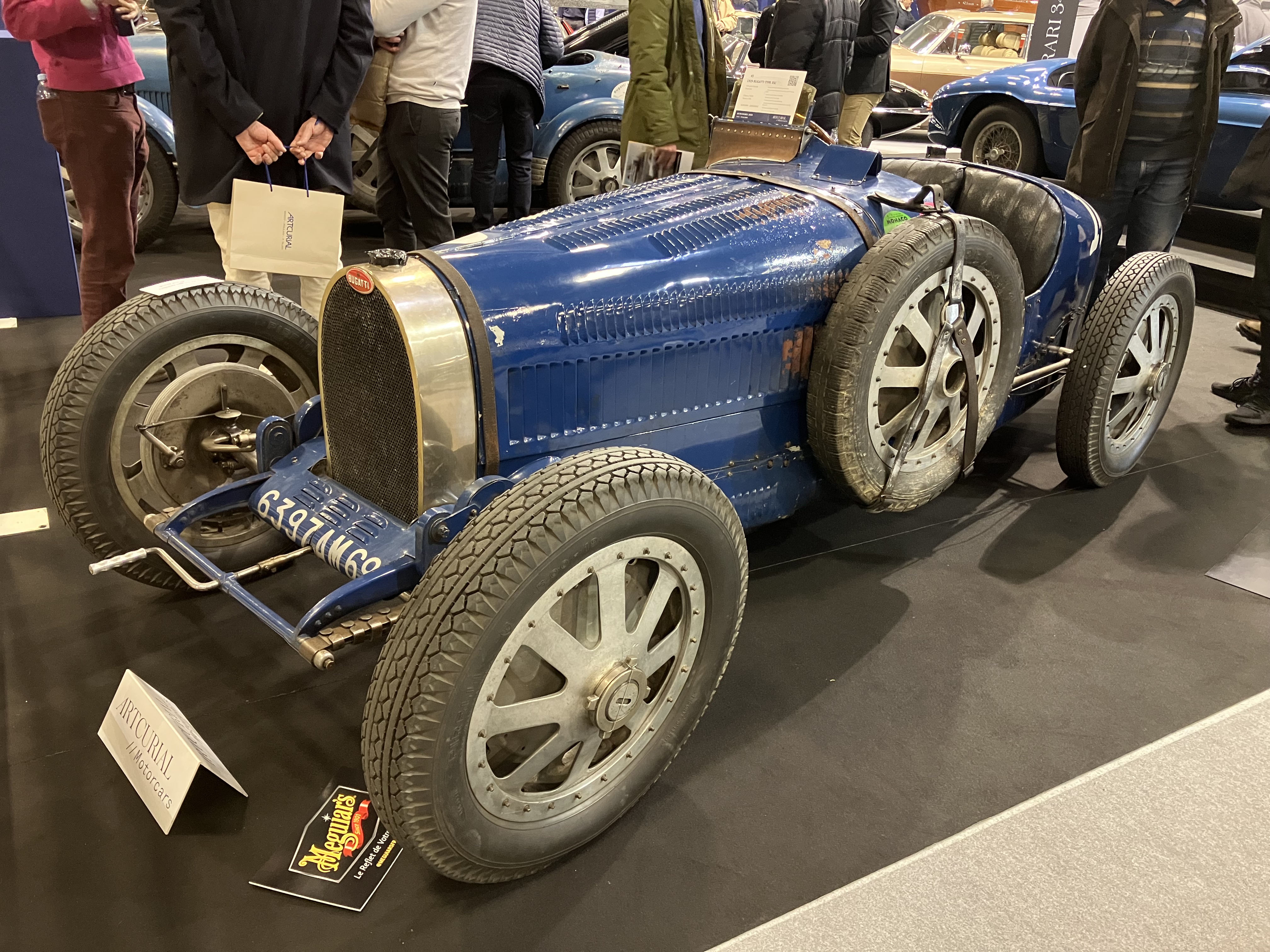|
List Of Bugatti Vehicles
This is a list of vehicles produced by Bugatti (under Ettore Bugatti), Bugatti#Bugatti Automobili S.p.A. (1987–1995), Bugatti Automobili S.p.A. and Bugatti Automobiles. Automobiles Ettore Bugatti (1909-1963) Production cars * 1910 Bugatti Type 13, Type 13Georgano, G.N. ''Cars: Early and Vintage, 1886–1930''. (London: Grange-Universal, 1985) * 1912–1914 Bugatti Type 18#Type 18, Type 18 * 1913–1914 Bugatti Type 23, Type 23/Bugatti Type 13#Type 23 Brescia Tourer, Brescia Tourer (roadster) * 1922–1934 Bugatti Type 30#Type 30, Type 30/Bugatti Type 38, 38/Bugatti Type 40, 40/Bugatti Type 43, 43/Bugatti Type 44, 44/Bugatti Type 49#Type 49, 49 (touring car) * 1927–1933 Bugatti Royale#Type 41, Type 41 "Royale" * 1929–1939 Bugatti Type 46#Type 46, Type 46/Bugatti Type 50, 50/Bugatti Type 46#Type 50T, 50T (touring car) * 1932–1935 Bugatti Type 55#Type 55, Type 55 (roadster) * 1934–1940 Bugatti Type 57#Type 57, Type 57/Bugatti Type 57S, 57S/Bugatti Type 57#Type 57SC, Type 57S ... [...More Info...] [...Related Items...] OR: [Wikipedia] [Google] [Baidu] |
Bugatti
Automobiles Ettore Bugatti was a German then French automotive industry, manufacturer of high performance vehicle, high-performance automobiles. The company was founded in 1909 in the then-German Empire, German city of Molsheim, Alsace, by the Italian-born industrial designer Ettore Bugatti. The cars were known for their design beauty and numerous race victories. Famous Bugatti automobiles include the Bugatti Type 35, Type 35 Grand Prix cars, the Bugatti Royale, Type 41 "Royale", the Bugatti Type 57, Type 57 "Atlantic" and the Bugatti Type 55, Type 55 sports car. The death of Ettore Bugatti in 1947 proved to be a severe blow to the marque, and the death of his son Jean Bugatti, Jean in 1939 meant that there was no successor to lead the factory. With no more than about 8,000 cars made, the company struggled financially, and it released one last model in the 1950s before eventually being purchased for its airplane parts business in 1963. In 1987, an Italian entrepreneur bought th ... [...More Info...] [...Related Items...] OR: [Wikipedia] [Google] [Baidu] |
Bugatti Type 57
The Bugatti Type 57 and later variants (including the famous Atlantic and Atalante) was a grand tourer built from 1934 through 1940. It was an entirely new design created by Jean Bugatti, son of founder Ettore. A total of 710 Type 57s were produced. Type 57s used a straight-8 twin-cam engine of 3.3 L (3257 cc/198 in³) displacement. Bore and stroke were 72 mm by 100 mm based on that of the Type 49 but heavily modified by Jean Bugatti, unlike the single cam engines of the Type 49 and earlier models. The engines of the Type 50, 51 used bevel gears at the front of the engine to transmit power from the crankshaft, whereas the Type 57 used a train of spur gears at the rear of the engine, with fiber gear wheels on the camshafts to achieve more silence in operation. There were two basic variants of the Type 57 car: * The original Type 57 * The lowered Type 57S/SC The Type 57 chassis and engine was revived in 1951 as the Bugatti Type 101. A rediscovered Type 57 was sold fo ... [...More Info...] [...Related Items...] OR: [Wikipedia] [Google] [Baidu] |
Bugatti Type 53
The Bugatti Type 53 was a four-wheel drive racing car built by Bugatti in 1932. The Type 53 was one of the first racing cars to attempt to drive all four wheels, though Ettore Bugatti himself had designed multi-engine all wheel drive vehicles early in his career. The Type 53 used the () engine from the Type 50 road car fitted to the chassis of the Type 51 racer. It was originally conceived by Giulio Cappa, who created a front wheel drive Grand Prix car in 1926. Cappa's associate, Antonio Pichetto, handled the development of the car while working at Bugatti, starting in 1930. The engine output was approximately . As a result of the elaborate front drivetrain, the Type 53 used the only independent front suspension system ever approved for use by Ettore Bugatti. The Type 53 was notoriously difficult to steer. At the Type 53's debut in the 1932 Monaco Grand Prix, Albert Divo, noted for his size and strength, was chosen to drive the car, but he gave up during practice after exhau ... [...More Info...] [...Related Items...] OR: [Wikipedia] [Google] [Baidu] |
Electric Vehicle
An electric vehicle (EV) is a motor vehicle whose propulsion is powered fully or mostly by electricity. EVs encompass a wide range of transportation modes, including road vehicle, road and rail vehicles, electric boats and Submersible, submersibles, electric aircraft and electrically powered spacecraft propulsion, electric spacecraft. Early electric vehicles first came into existence in the late 19th century, when the Second Industrial Revolution brought forth electrification and mass utilization of DC motor, DC and AC motor, AC electric motors. Using electricity was among the preferred methods for motor vehicle propulsion as it provided a level of quietness, comfort and ease of operation that could not be achieved by the gasoline engine cars of the time, but range anxiety due to the limited energy storage offered by history of the battery, contemporary battery technologies hindered any mass adoption of private electric vehicles throughout the 20th century. Internal combustion ... [...More Info...] [...Related Items...] OR: [Wikipedia] [Google] [Baidu] |
Bugatti Type 52
The Bugatti Type 52 was a half-scale Bugatti Type 35 electric racing car for children. About 500 examples were produced in total. About 150 of these were the short-nosed variant while the majority of production comprised the long-nosed variant which was 10 cm longer to get elder children to use it. Production took place at the Molsheim factory between 1927 and 1936, and the cars were frequently used both as playthings and for more serious racing among the children of the European elite. The first example of a Type 52 was built for Bugatti founder Ettore Bugatti's son, four-year-old Roland, and was first shown at an exhibition in Milan. The number 52 was probably given by the late Hugh Conway and was never used by the factory. The factory always referred the car as Baby. The Type 52 was powered by a single 12 volt electric motor with front and reverse. Braking was done by way of expanding wooden shoes at the front and rear drums. The car was originally just 1200 mm (4 ... [...More Info...] [...Related Items...] OR: [Wikipedia] [Google] [Baidu] |
Bugatti Type 39
The Bugatti Type 35 is an iconic race car design produced by Bugatti at their Molsheim premises between 1924 and 1930. It was extremely successful when raced by the factory works team. It was also bought by a diverse roster of privateer clientele from around the world. It pioneered the concept of a holistically conceived, race-ready car available for purchase. The arch/egg-shaped radiator is emblematic, as is the rear of the car. The tapered stern has been called a 'Bordino tail' and Ettore Bugatti may have been influenced by the shape of the earlier Fiat 804 driven and modified by Pietro Bordino. The car has also become synonymous with being the first to use cast alloy wheels. The Type 35 was phenomenally successful, winning over 1,000 races in its time. It took the Grand Prix World Championship in 1926 after winning 351 races and setting 47 records in the two prior years. At its height the Type 35 averaged 14 race wins per week. Bugatti won the Targa Florio for five consecu ... [...More Info...] [...Related Items...] OR: [Wikipedia] [Google] [Baidu] |
Bugatti Type 32
The Bugatti Type 32, commonly called the Tank de Tours, was a streamlined racing car built in 1923. It was built to compete in the French Grand Prix, which was held on July 2 in Tours on the same year. The nickname of the car comes from its particular shape, which resembles battle tanks of its era, as well as the location of the Grand Prix. Another Bugatti model that earned the nickname "Tank" for its design and aerodynamics was the 57G Tank from 1936. Overview Designed especially for the 1923 French Grand Prix in Tours, this original car by Ettore Bugatti was designed to be simple and quickly assembled. The first prototype with an aerodynamic aluminium body was built in six months around the 1,991cc in-line 8-cylinder engine used in prior Bugatti Type 30. The engine rated 90 hp for the competition and weighted for approximately 650 kg. Design Compared to the previous competition model, the Type 29, the Type 32 only shared the motorization with the previous model. ... [...More Info...] [...Related Items...] OR: [Wikipedia] [Google] [Baidu] |
Peugeot Bébé
The Peugeot Bébé or Baby was a small car nameplate from Peugeot made from 1905 to 1916. Vehicles under this name were known technically within Peugeot as the Type 69 and the Type BP1. Type 69 The original Bébé first appeared at the Paris Motor Show in 1904 and greatly impressed attendees as a modern and robust creation that was cheap, small, and practical. Its weight was and length was , and these tiny dimensions meant that its small engine could propel it to . Though selling price was deliberately kept as low as possible, technologies like rack and pinion steering and a driveshaft instead of a chain were included in the vehicle. Production began in Audincourt in 1905, and the car proved to be popular. Bébé sold 400 units in the first year, or 80 percent of Peugeot's production. It was also exported, particularly to United Kingdom, Britain. The Type 69 was sold only during 1905. A Type 69 was one of the first two motor vehicles in Tibet, imported by William Frederick Trave ... [...More Info...] [...Related Items...] OR: [Wikipedia] [Google] [Baidu] |
Bugatti Type 22
The Bugatti Type 13 was the first car produced Solely the "Bugatti" name plate. Production of the Type 13, and later Types 15, 17, 22, and 23, began with the company's founding in 1910 and lasted through 1920, with 435 examples produced. Most road cars used an eight-valve engine, though five Type 13 racers had 16-valve heads, some of the first ever produced. The road cars became known as ''pur-sang'' ("thoroughbred") in keeping with Ettore Bugatti's feelings for his designs. The car was brought back after World War I with a multivalve engine to bring fame to the marque at Brescia. The production Brescia tourer also brought in much-needed cash. Type 10 The Bugatti automobile was prototyped as the Type 10 in Ettore Bugatti's basement in 1908 and 1909 while he was chief engineer at Deutz Gasmotoren Fabrik in Cologne, Germany, as a modified version of the Bugatti Type 9C-A, but significantly destroked. The Type 10 used a monobloc straight-four engine of Ettore's own design. ... [...More Info...] [...Related Items...] OR: [Wikipedia] [Google] [Baidu] |



